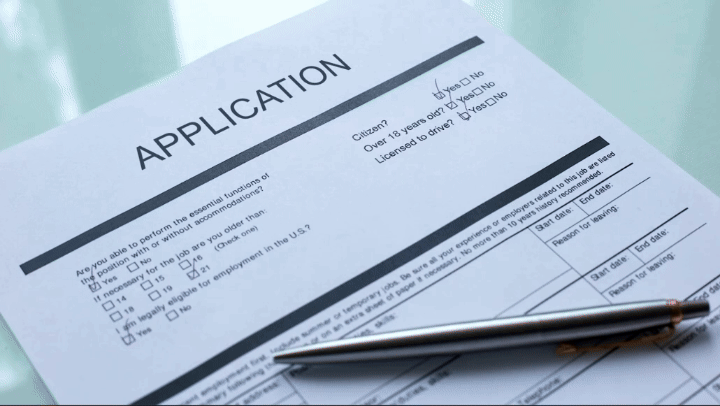ad: Short for advertisement. It may appear in any medium (print, online or broadcast) and has been prepared to sell someone on a product, idea or point of view.
artificial intelligence: A type of knowledge-based decision-making exhibited by machines or computers. The term also refers to the field of study in which scientists try to create machines or computer software capable of intelligent behavior.
audio: Having to do with sound.
deep learning: A type of machine learning that is used by some computers. It relies on layers of neural networks, circuitry designed to function similarly to the human brain. Those networks sift through big sets of data to find trends. Each layer performs calculations and makes new predictions over and over. Then the system integrates what it’s learned to become “smarter” over time.
digital: (in computer science and engineering) An adjective indicating that something has been developed numerically on a computer or on some other electronic device, based on a binary system (where all numbers are displayed using a series of only zeros and ones).
information: (as opposed to data) Facts provided or trends learned about something or someone, often as a result of studying data.
media: A term for the ways information is delivered and shared within a society. It encompasses not only the traditional media — newspapers, magazines, radio and television — but also digital outlets, such as Twitter, Facebook, Instagram, TikTok and WhatsApp. The newer, digital media are sometimes referred to as social media. The singular form of this term is medium.
primary: (in elections) A preliminary, early U.S. election to select a limited number of candidates (typically one for each open office) who will represent their political party on the printed ballot in an upcoming national election.
technology: The application of scientific knowledge for practical purposes, especially in industry — or the devices, processes and systems that result from those efforts.
tool: An object that a person or other animal makes or obtains and then uses to carry out some purpose such as reaching food, defending itself or grooming.








